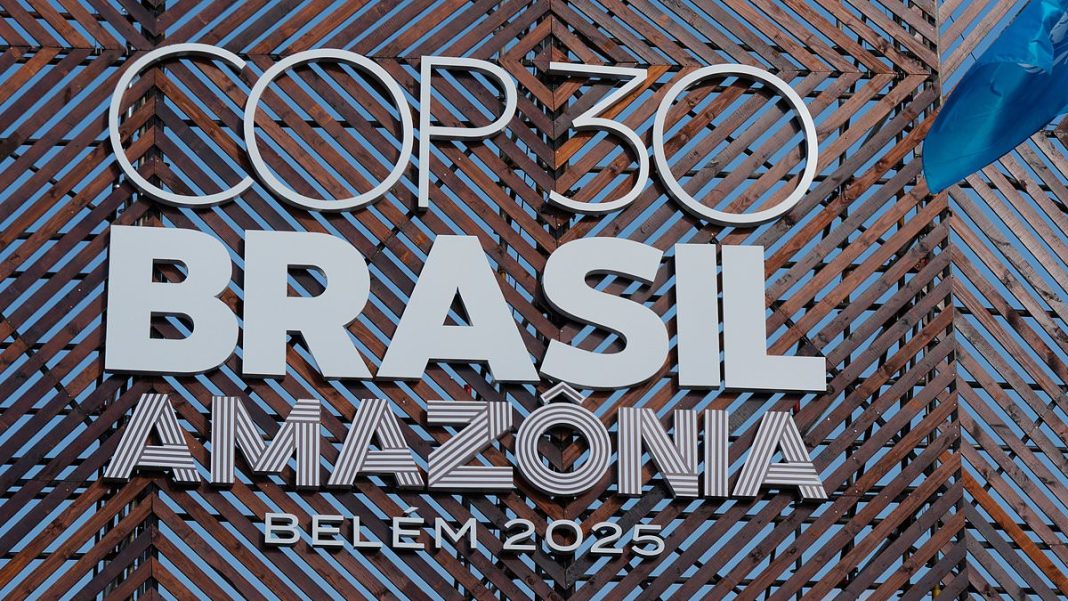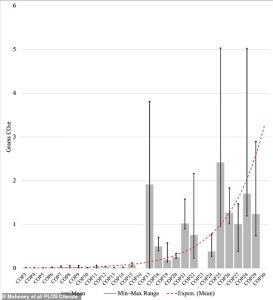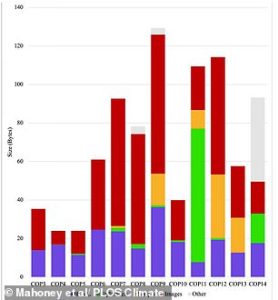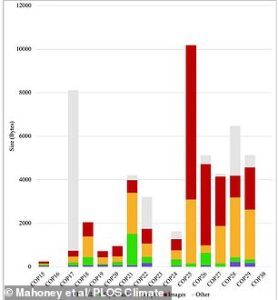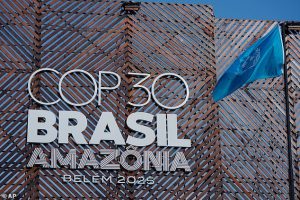COP Climate Conference Websites Emit 10x More Carbon Than Average Pages
Official websites for UN climate conferences produce up to 10 times more carbon emissions than typical web pages, according to new research. The study reveals COP host websites’ carbon footprint has skyrocketed by over 13,000% since 1995.
Key Findings
- COP30 website in Brazil will emit 313kg CO2 – equivalent to 15 trees absorbing carbon for a year
- Average COP page emits 2.4g CO2 per view vs 0.36g for regular websites
- Emissions surged after COP15, rising from 0.02g to over 2.4g per page view

Digital Carbon Blind Spot
Researchers analyzed 30 years of web archive data, finding emissions remained low until COP14 in 2008. The dramatic increase correlates with richer multimedia content including high-resolution images, embedded videos, and dynamic elements.
‘We chose first to look at the COP conferences themselves, given they are the focus of so much discussion on climate change,’ said Professor Melissa Terras from Edinburgh University.
‘Our research shows that the carbon cost of digital presence is often overlooked by even those who care about, and are meant to protect, the environment.’

Growing Digital Footprint
COP25 in Madrid recorded the highest emissions, featuring ‘heavily media-based’ content with dynamically updating elements. Recent COP sites include moving videos, interactive graphics, and sliding status reports that significantly increase page size and energy requirements.

PhD student David Mahoney noted: ‘While AI rightly captures much of today’s attention, websites remain the longest-standing and most widespread form of human-computer interaction, and one of the largest contributors to the internet’s environmental impact.’
Solutions for Greener Websites
The research team recommends practical measures to reduce digital carbon emissions:
- Implement strict page size limits
- Optimize website layouts and media compression
- Host sites on renewable energy-powered servers
- Reconsider unnecessary multimedia elements

Understanding Internet Carbon Footprint
Website emissions originate from three sources: device manufacturing and operation, network infrastructure, and data center energy consumption. Complex websites with high-resolution media substantially increase energy demands, often powered by fossil fuels.
The study highlights how even climate-focused organizations overlook digital sustainability, suggesting web archives can help identify emission reduction opportunities.


